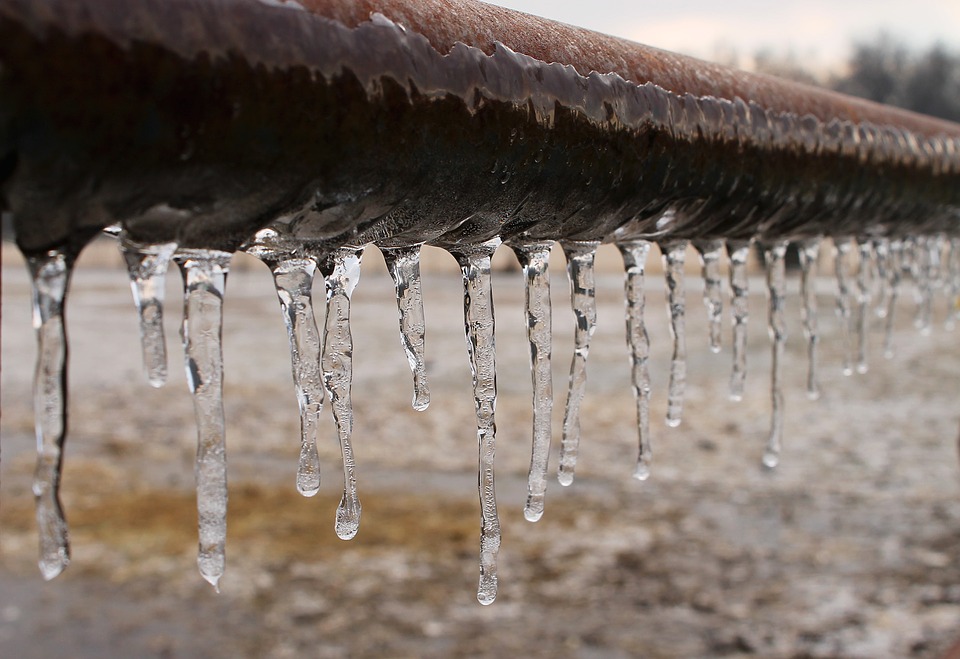Tips to Protect Your Pipes from Freezing: Professional Tips
Tips to Protect Your Pipes from Freezing: Professional Tips
Blog Article
They are making a number of great observations relating to Prevent Frozen Pipes in general in this content further down.

Winter can ruin your pipes, especially by freezing pipes. Below's how to prevent it from happening and what to do if it does.
Intro
As temperature levels decrease, the danger of frozen pipelines boosts, possibly leading to pricey fixings and water damages. Understanding exactly how to prevent frozen pipelines is critical for homeowners in chilly climates.
Understanding Icy Pipes
What triggers pipelines to freeze?
Pipes ice up when subjected to temperature levels listed below 32 ° F (0 ° C) for extended periods. As water inside the pipelines freezes, it expands, taxing the pipe walls and possibly creating them to burst.
Risks and problems
Icy pipes can cause water disturbances, building damage, and pricey repair work. Ruptured pipelines can flood homes and create extensive structural damages.
Signs of Frozen Pipeline
Recognizing frozen pipes early can stop them from rupturing.
Just how to identify frozen pipelines
Seek decreased water flow from taps, uncommon odors or sounds from pipes, and noticeable frost on revealed pipelines.
Avoidance Tips
Protecting vulnerable pipes
Cover pipelines in insulation sleeves or use warm tape to shield them from freezing temperatures. Focus on pipelines in unheated or exterior areas of the home.
Home heating strategies
Maintain indoor rooms properly heated up, particularly locations with pipes. Open up closet doors to permit warm air to distribute around pipes under sinks.
Securing Exterior Pipes
Yard tubes and exterior taps
Detach and drain garden hose pipes prior to winter. Install frost-proof faucets or cover exterior taps with shielded caps.
What to Do If Your Pipelines Freeze
Immediate actions to take
If you suspect icy pipes, maintain taps open up to alleviate stress as the ice melts. Use a hairdryer or towels taken in hot water to thaw pipelines slowly.
Long-Term Solutions
Structural changes
Consider rerouting pipes away from exterior wall surfaces or unheated areas. Include additional insulation to attics, basements, and crawl spaces.
Upgrading insulation
Invest in top quality insulation for pipelines, attic rooms, and wall surfaces. Proper insulation assists maintain regular temperature levels and decreases the risk of icy pipes.
Verdict
Stopping frozen pipelines requires aggressive actions and quick feedbacks. By understanding the reasons, indicators, and safety nets, home owners can safeguard their pipes during cold weather.
5 Ways to Prevent Frozen Pipes
Drain Outdoor Faucets and Disconnect Hoses
First, close the shut-off valve that controls the flow of water in the pipe to your outdoor faucet. Then, head outside to disconnect and drain your hose and open the outdoor faucet to allow the water to completely drain out of the line. Turn off the faucet when done. Finally, head back to the shut-off valve and drain the remaining water inside the pipe into a bucket or container. Additionally, if you have a home irrigation system, you should consider hiring an expert to clear the system of water each year.
Insulate Pipes
One of the best and most cost-effective methods for preventing frozen water pipes is to wrap your pipes with insulation. This is especially important for areas in your home that aren’t exposed to heat, such as an attic. We suggest using foam sleeves, which can typically be found at your local hardware store.
Keep Heat Running at 65
Your pipes are located inside your walls, and the temperature there is much colder than the rest of the house. To prevent your pipes from freezing, The Insurance Information Institute suggests that you keep your home heated to at least 65 degrees, even when traveling. You may want to invest in smart devices that can keep an eye on the temperature in your home while you’re away.
Leave Water Dripping
Moving water — even a small trickle — can prevent ice from forming inside your pipes. When freezing temps are imminent, start a drip of water from all faucets that serve exposed pipes. Leaving a few faucets running will also help relieve pressure inside the pipes and help prevent a rupture if the water inside freezes.
Open Cupboard Doors
Warm your kitchen and bathroom pipes by opening cupboards and vanities. You should also leave your interior doors ajar to help warm air circulate evenly throughout your home.

As a serious reader on Helpful Tips to Prevent Frozen Pipes this Winter, I was thinking sharing that portion was a good idea. So long as you liked our blog posting if you please make sure you remember to pass it around. I value reading our article about 6 Ways to Prevent Frozen Pipes.
Call Today Report this page